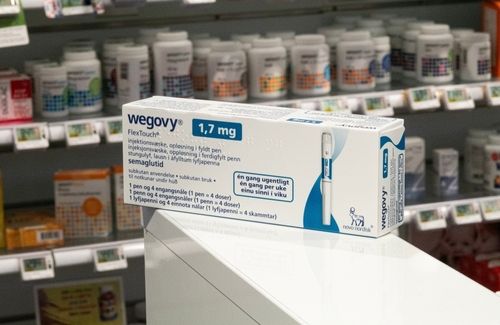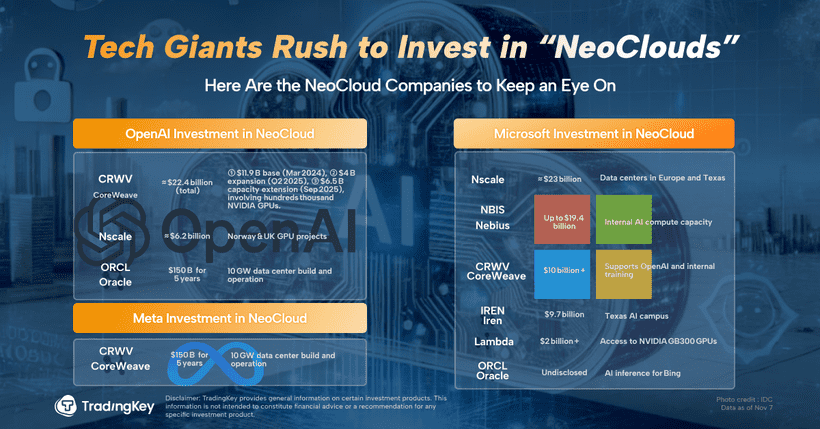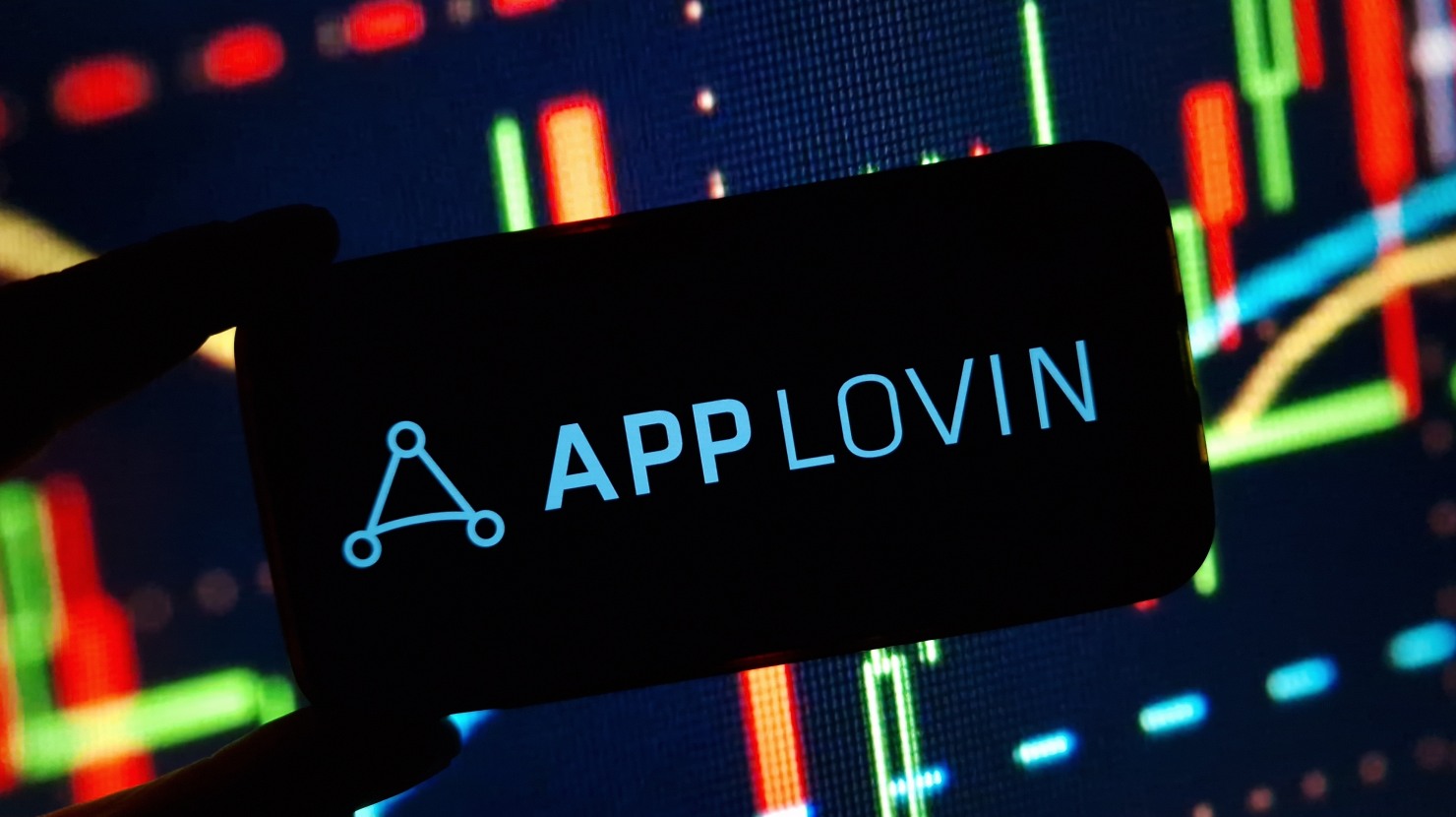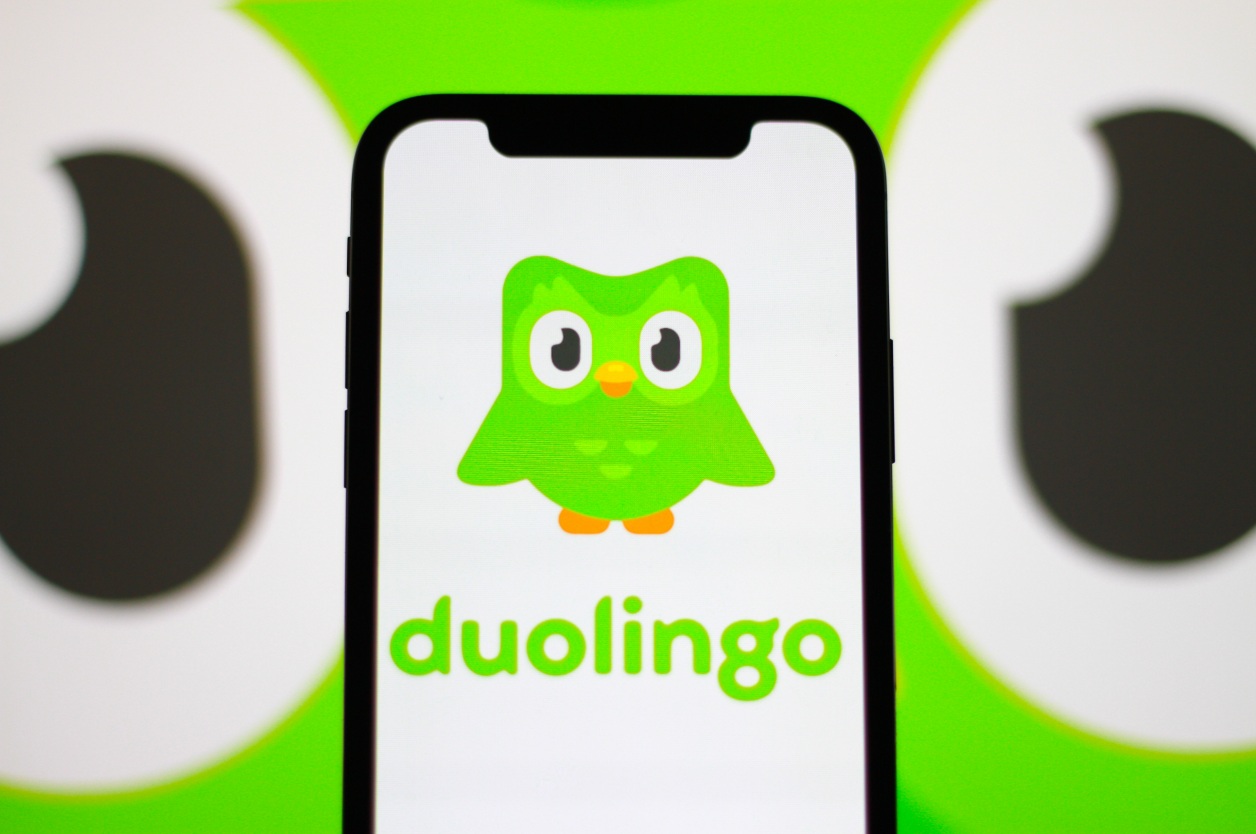“Trump’s Pharmacy” Cutting Weight-Loss Drug Prices — What This Means for Novo and Lilly


TradingKey - Following agreements with Pfizer and AstraZeneca, the so-called “twin giants” of weight-loss drugs — Novo Nordisk and Eli Lilly — have now also reached pricing deals with the Trump administration. This marks the latest move in Trump’s broader push to cut U.S. drug prices by up to 90% under a “most-favored-nation” policy, and breaks the long-standing precedent that Medicare does not cover obesity medications.
According to the U.S. government, the new agreements will dramatically reduce patient costs for weight-loss drugs — bringing prices down from $500–$1,000 per month to a range of $149–$350.
The government announced that injectable GLP-1 drugs from Novo Nordisk and Eli Lilly will be discounted and expanded in coverage, allowing patients to purchase them directly from manufacturers via the newly launched TrumpRx direct-to-consumer platform.
These injectable versions will average around $350 per month, with prices expected to fall further to $245 per month over the next two years.
For oral GLP-1 drugs — which are not yet on the market — the government revealed they will be offered at $150 per month, significantly improving accessibility due to their convenience.
On Friday, November 7, ahead of U.S. markets opening, shares of both Novo Nordisk and Eli Lilly edged lower — reflecting investor unease over price cuts, despite the potential for much broader patient access.
At its core, this is a rebalancing of price and volume, and investors are questioning whether “low-price, high-volume” strategies will truly drive future growth for these pharmaceutical leaders.
Short-Term Pain, Long-Term Gain?
TD Cowen analysts said that price reductions will create near-term headwinds, especially when combined with competitive pressures.
But they added that in the medium to long term, the trade-off could balance out through significantly higher volumes.
The most immediate impact of joining Trump’s “most-favored-nation pricing” initiative is a dramatic expansion of insurance coverage for GLP-1 drugs like Novo Nordisk’s Wegovy and Eli Lilly’s Zepbound.
Government officials estimate that about 10% of Medicare beneficiaries — tens of millions of Americans — will become eligible for these treatments.
Moreover, the reduced out-of-pocket cost will lower barriers for self-paying patients, potentially accelerating adoption among the 42% of U.S. adults who are obese — representing a market of approximately 100 million people.
Medical experts welcomed the news. One specialist said that before this announcement, access to weight-loss drugs was moving in the wrong direction.That’s why this agreement is wonderful news.
Deutsche Bank analysts project that capping monthly treatment costs at $150 for orforglipron — Eli Lilly’s oral GLP-1 candidate — could open access to around 15 million U.S. patients.
Dave Ricks, CEO of Eli Lilly, noted that about 8–9 million Americans currently use GLP-1 drugs. With Medicare coverage, an additional up to 40 million newly eligible patients could enter the market — likely prompting more commercial insurers to follow suit.
Beyond Access: Tariff Relief and Brand Building
In addition to expanded patient reach, both companies will receive a three-year tariff exemption — a significant advantage in an era of rising protectionism and supply chain costs.
From a public relations standpoint, the agreements enhance the social responsibility image of Novo and Lilly, strengthening long-term brand equity.
However, the sharp reduction in per-unit pricing will inevitably compress profit margins, putting pressure on near-term earnings. Investors will closely watch how each company balances pricing pressure with long-term competitiveness and volume growth.
Novo vs. Lilly: Diverging Sensitivities
Compared to Eli Lilly, Novo Nordisk may be more vulnerable to this new pricing environment.
Once Europe’s most valuable company, Novo has already seen its stock plunge over 45% in 2025, as it loses ground to Lilly in the critical U.S. market. Just this week, Novo revised its full-year guidance for the fourth time in 2025, citing weak demand and production challenges.
Bank of America noted that Lilly’s press release described the price concessions as “less onerous than what was just discussed at the White House press conference,” suggesting the final terms may be a good tradeoff overall to Lilly.BofA maintained its Buy rating and $950 price target, without adjusting financial forecasts.







